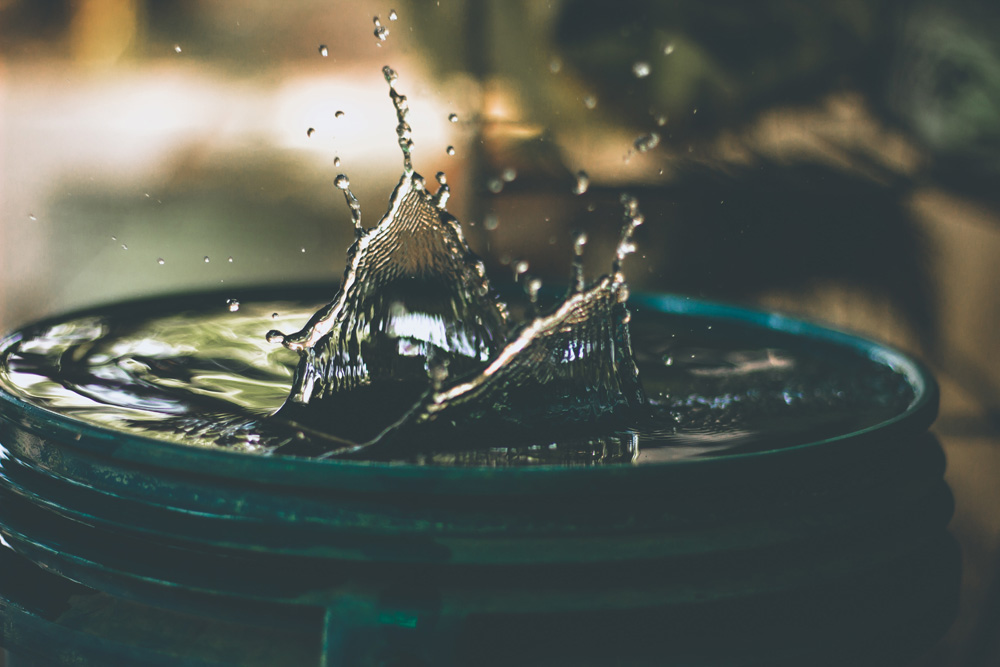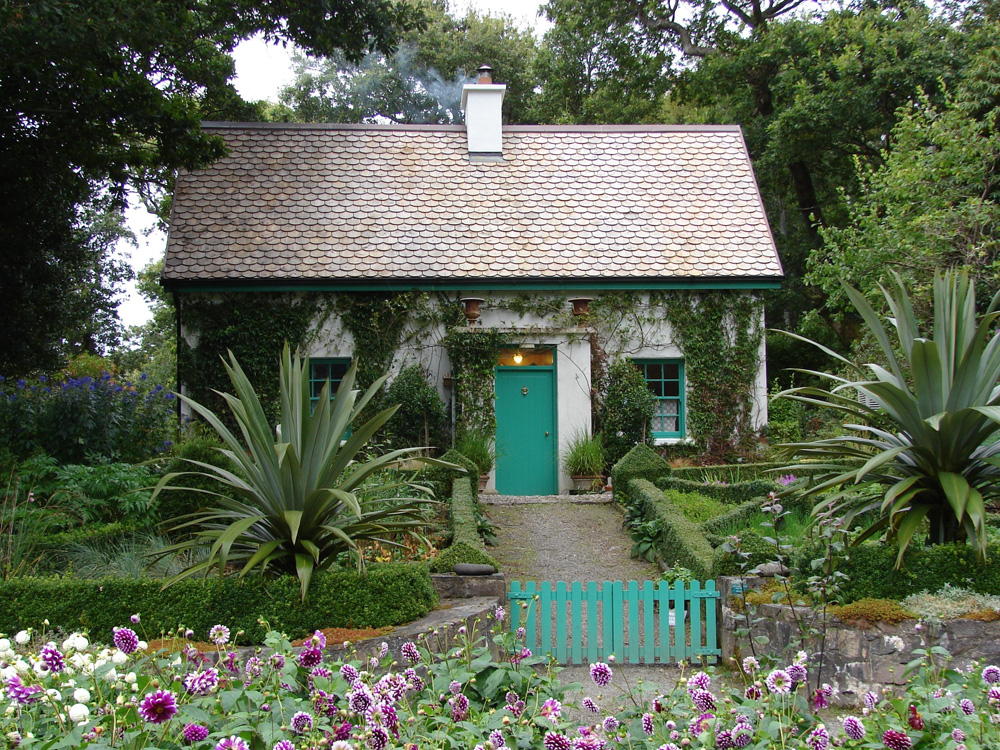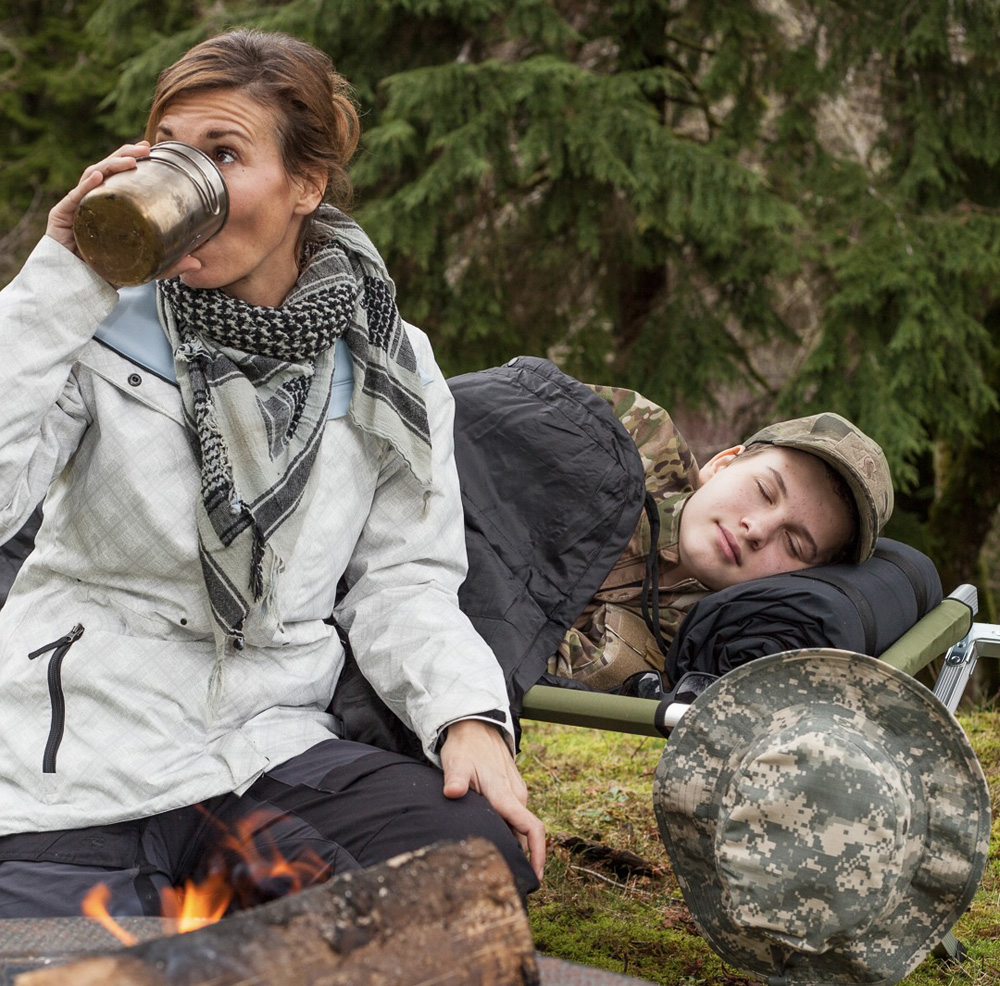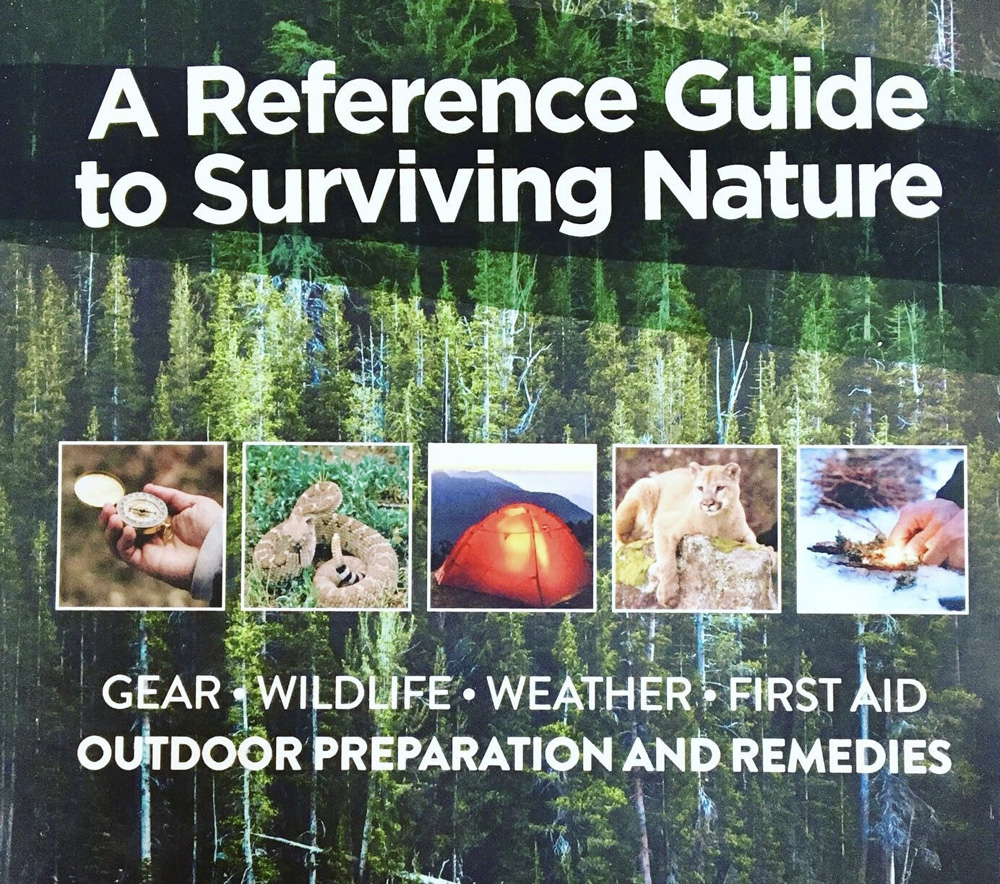The Importance of Being Prepared
When we think about preparedness, one of the first areas that comes to mind is drinkable water. After all, we can go for quite some time without food, but water is a far more pressing concern. This is why when a major weather event is looming, bottled water at the market is the first item to sell out. Not only is water important for sustaining life, but also for cooking and basic sanitation. I think many of us have found ourselves in situations where we wished we had been more prepared with this life-giving resource, whether on a hike that pushed the limits of our supply to a car breakdown in the middle of nowhere or a natural disaster event. My motto is that it’s always better to be prepared with ample supplies because, frankly, we never really know what is around the corner. Below I share some of my favorite tips for collecting, storing, and purifying water so that you and your family can have peace of mind, regardless of circumstance.

Everyday Water Preparedness
Standard Sized Homes
Whether you live out in the country or in a bustling metropolis, you want to make sure you have a secure water source at hand. Many times this will mean storing drinkable water so that if our city utility or well isn’t operational due to power outages or another issue, we have enough water to get by. The most basic survival recommendation is one gallon of water per person, per day, which covers limited drinking, cooking, and sanitation needs. Keep in mind this doesn’t account for extra drinking water in the event of illness or hot weather, showering, additional water requirements of pregnancy/nursing, pets, or first aid requirements.
When storing a week to months worth of water, many opt for storage tanks ranging from 50-5000 gallons. The smaller storage tanks need to be in an enclosed area that is cool and dark, such as a garage or basement. The space will need to be one that does not freeze in the wintertime or become overly hot in the summer. The largest of tanks are built for outdoor storage, including those that are buried underground. All water tanks are specially made of a heavy-duty plastic that resists breaking down overtime, such as what happens to the plastic jugs of water you purchase at the market.
Generally, if the tank is clean and free from contaminants, and then filled with filtered tap water, you will not have to be concerned about it going bad. However, adding a small amount of bleach or another disinfected such as chlorine dioxide to the filtered water will ensure the water remains safe for long-term storage. For one gallon of water, add 8 drops of beach to clear water. Remember to keep several one gallon jugs on hand for each family member so that you can measure out your daily allotment from the tank.
If you live in an area that receives a good amount of rain, I highly recommend a rain barrel catchment system. While this water is non-potable unless disinfected or purified, it can off-set your water needs and be used for bathing, washing clothing and dishes, watering vegetable gardens, etc.
You will also want a backup filtration system. One of my favorites for home use is Berkey countertop water purifiers. The filters are long-life, require zero electricity, and will remove harmful microbes that can make you sick if you need to use water from a stream, lake, pond, or another questionable water source. As with any filter system, if your water source is murky with a high percentage of sediment, you will want to pre filter the water through a nylon footie, bandana, coffee filter, cheesecloth, or other mesh fabric that will trap debris before running it through your water purification system. Otherwise, you run the risk of clogging your purification filter and shortening its lifespan. I also recommend keeping water purification drops on hand, such as Aquamira (chlorine dioxide), to treat large or small containers of contaminated water.

Apartments and Smaller Dwellings
If storage space is an issue, water storage “bricks” are available that fit together when stacked and can be adapted for smaller spaces, such as a closet or under your bed. Several companies also sell long-term water packaged in single serving cans that can be easily stored, although this is one of the most expensive routes.
One ingenious option for last-minute emergency water storage is called the waterBOB. It is a large, heavy-duty BPA-free plastic bag with two threaded connections and thermally-sealed seams. To use, attach the fill sock over the bathtub faucet and then fill with up to 100 gallons of water, depending on the size of your bathtub. This can take up to 30 minutes. Once filled, you cap the opening so that it is a secure seal. To dispense the water for use, a siphon pump is included. The water can be stored this way for up to 16 weeks.
You can also opt for heavy-duty mylar bags designed specifically for water storage. The bags take up very little space when empty, but, once filled, can be used with the accompanying box dispenser when needed. Some store the filled 25 gallon bags under their bed in case of an unexpected emergency. Shelf life of the water when treated with Aquamira or another disinfectant is five years.
Wilderness
Whenever you spend time in the wilderness — even if it is only for a day hike — I always recommend you keep a small emergency water purification device on you. My favorite pick is the LifeStraw Personal. It has one of the highest purifications rates for removing waterborne bacteria, parasites, and micro plastics that is backed by rigorous testing. What’s more, it will treat up to 4000 liters of water with the microbiological filter. The LifeStraw is lightweight and doesn’t take up much room in your pack. It is a terrific little filter that can mean the difference between health and illness — or worse. In fact, I recommend having one for each member of your family in the event of a boil-water advisory, severe weather warning, or if your stored water is questionable and you don’t have a high-purification countertop gravity filter.
Deepen Your Knowledge
In closing, another important resource to consider is A Reference Guide to Surviving Nature: Outdoor Preparation and Remedies. Just the right size to keep in your daypack, it covers the basics of emergency preparedness, including what gear you should carry on you for the safety of you and your family. This handy guide is also helpful for natural disasters or if you find yourself in a severe weather event.
Interested in learning more? Have a look at my two additional posts in this series, “Prepping 101: Food!” and “Prepping 101: Wilderness Field Kit and Herbal Medicine Chest“.
Here’s to being prepared!
Nicole Apelian





